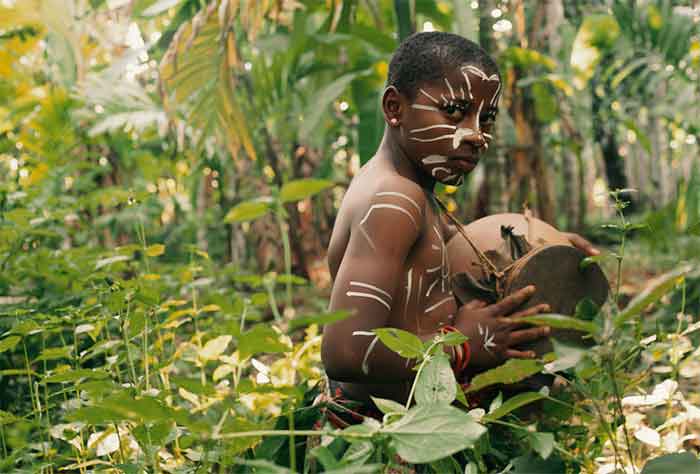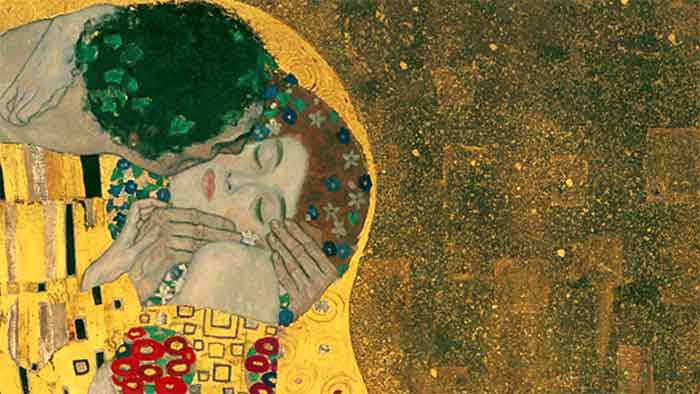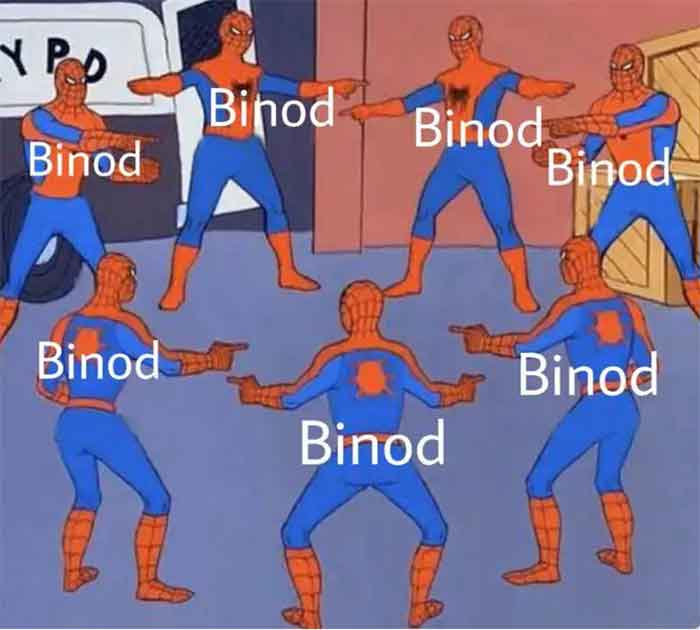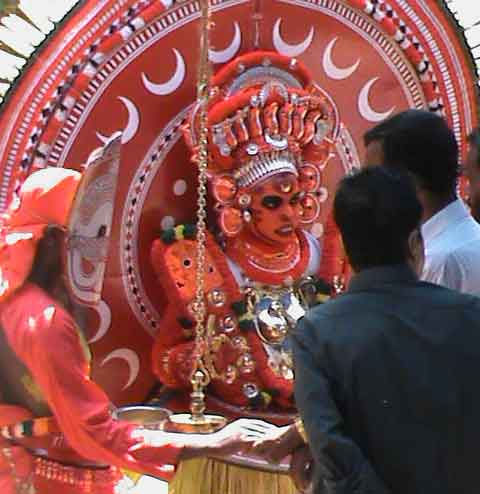
With the arrival of the European colonizers in India through the Indian Ocean world, the country emerged as a powerful space for several social, cultural, political, and economic exchanges with countries in Africa and other parts of the world. Historical records reveal that Africans arrived in India mostly from Ethiopia and other parts of eastern Africa over two phases (https://indianexpress.com/article/research/african-rulers-of-india-that-part-of-our-history-we-choose-to-forget/). Firstly, they arrived with the Arabs and the Ottomans around the 12th and 13th centuries through Gujarat (a state located on the Western coast of India) and, secondly, they came with the Portuguese colonizers in sixteenth and seventeenth centuries. They were brought to India as slaves, but they also arrived as mercenaries, merchants, slaves, pearl divers, concubines, eunuchs, sailors, and soldiers (https://www.taylorfrancis.com/books/mono/10.4324/9781315148380/african-diaspora-india-purnima-mehta-bhatt). With the passage of time, the Africans in India, irrespective of their professional engagements, gained significant economic, cultural, political, and military power in the country. For instance, the Africans who came as eunuchs were given the responsibility of guarding the harems of the Mughal kings (https://indianexpress.com/article/research/eunuch-security-guards-bihar-mughal-empire-history-5266102/). Many African eunuchs also emerged as kings like the Habshi Dynasty (1487-1494) in Bengal (a state located in eastern India). Within a span of seven years, the dynasty was ruled by four kings and the first two kings were eunuchs (https://www.thedailystar.net/views/in-focus/news/habshi-rule-bengal-1487-94-2123496). Many African slaves also emerged as army chiefs and kings like Sidi Masud in Hyderabad (located in the southern state of Andhra Pradesh) and Malik Ambar in Janjira (located in the western state of Maharashtra) (https://www.bbc.com/news/world-asia-india-30391686).
These socio-political diversities of the Africans in India got disrupted with the emergence of the postcolonial era. As India gained independence from European colonization, the kingdoms were dismantled and the African communities were driven away from the cities into the hinterlands. Today, they centrally live in the forest regions of Karnataka-Maharashtra border, Hyderabad, and Gujarat, and are subjected to multiple forms of existential challenges like poor education, poor health facilities, lack of job, poor transportation, socio-cultural assimilation, etc. (https://www.taylorfrancis.com/chapters/oa-edit/10.4324/9781003111962-9/killing-kindness-sayan-dey). Despite being socio-historically marginalized and proselytized as Hindus, Muslims, and Christians, the Africans in India, who are popularly known as Siddis (https://utpjournals.press/doi/pdf/10.3138/uram.22.2.96), preserve and practice their ancestral traditions, which is quite similar to the eastern African socio-cultural practices. This article will briefly reflect on the Siddi ancestral traditions of dancing and eating.
Siddi Dhamal
The Siddi Dhamal is a dance form, which is performed by the Siddi community that resides in Gujarat and it unpacks life stories about their spiritual ancestor Baba Ghor (a Muslim Sufi saint) and how they have been taught by their foremothers and forefathers to co-exist with nature. Prior to the dances, the Siddis decorate themselves with animal skins and body paints that are prepared with natural colors. The turban on their head is decorated with bird feathers and they dance with a fan of bird feathers in their hands (https://www.taylorfrancis.com/books/mono/10.4324/9781315148380/african-diaspora-india-purnima-mehta-bhatt). Their dance moves imitate the postures and body languages of lions, ostriches, and different other birds and animals with whom they habitually co-exist. While dancing, they play the Ngoma drums which are quite identical to the Goma drums that are mostly played in the Bantu-inhabited regions and several other regions in Africa (https://www.youtube.com/watch?v=Q4SNsgwXsys&t=84s). While dancing they sing songs that use a lot of words from the Swahili and Shamba languages. For instance, the performers often sing the song: ‘Jumbo Jumbo re, Shana re,’ while dancing. The word ‘Jumbo’ is a Swahili word and in East Africa, this word is used for greeting each other (https://www.taylorfrancis.com/books/mono/10.4324/9781315148380/african-diaspora-india-purnima-mehta-bhatt).
Culinary Practices
Besides dance and music, another aspect that the Siddis share with their African ancestors and practice in the contemporary era is food habits. A lot of delicacies of the Siddis in Karnataka are identical to the food habits of various indigenous communities in Africa. For instance, fresh honeycombs and iruve chutney form an integral part of the Siddi cuisine in Karnataka. Fresh honeycombs are a source of high protein and therefore when the Siddis in Karnataka do not have enough money to buy them food they collect honeycombs from the forest and survive on it for days (https://www.youtube.com/watch?v=Ek4XEWXAD8s&t=286s). In an identical way, bee-keeping, honey collecting and consuming honeycombs have been one of the most sought-after food habits in East and North Africa since the 7th millennium BC (https://www.nature.com/articles/s41467-021-22425-4) and it continues to be a crucial part of the dietary habit of several indigenous communities in Africa (https://theconversation.com/lessons-from-africa-on-how-to-build-resilient-bee-colonies-131478). Iruve chutney is another culinary practice which is similar to the consumption of ants in different parts of Africa (https://theconversation.com/eating-insects-has-long-made-sense-in-africa-the-world-must-catch-up-70419). Iruve means red ant in the Kannada language (the state language of Karnataka) and are consumed by preparing a paste with coconuts, local plants, onion, ginger, and garlic (https://books.google.co.in/books?id=o_c6DwAAQBAJ&pg=PA64&lpg=PA64&dq=Africans+
consume+red+ants&source=bl&ots=vJLLhzdCdY&sig=ACfU3U0xiD75uC_u8UDxnwK0Tjnew9
8PFA&hl=en&sa=X&ved=2ahUKEwiQl-qW-5bzAhXIwjgGHZAICH8Q6AF6BAg2EAM#v=onepage&q=
Africans%20consume%20red%20ants&f=false). Ants are consumed as a habitual delicacy in different parts of Africa as well (https://www.youtube.com/watch?v=INFtPC2s4bE).
Performances of Resistance
These practices of dance, music, and food habits not only allow the Siddis to preserve the African traditions but also enable them to generate resistance against the mainstream socio-political forces of assimilation in India. It is interesting to note that, unlike in most parts of the world, the racialization of Africans in India has been a much later phenomenon and mainly aggravated in the postcolonial era (https://www.thequint.com/voices/blogs/why-do-indians-find-it-difficult-to-treat-africans-with-respect-and-dignity). During the European colonial era, Africans in India were mostly treated in a dignified manner and were employed in respectful jobs (https://thewire.in/politics/africans-in-india-pictures-that-speak-of-a-forgotten-history). So, today, dance and music function as powerful indigenous tools of resistance in the form of “guesthood” (https://www.hf.uio.no/ikos/english/research/news-and-events/events/phd/2018/harvey-guesthood.pdf). Through performing resistance the Siddis do not treat the non-Siddis as enemies. Rather, they invite them as guests within their community spaces, by making the non-Siddis enact and perform certain socio-cultural rituals and generate possibilities of weaving collaborative spaces of knowledge caring, and sharing.
Sayan Dey grew up in Kolkata, West Bengal and is currently working as a Postdoctoral Fellow at Wits Centre for Diversity Studies, University of Witwatersrand. He is also the Senior Advisor of Quality Education Program, Center for Regional Research and Sustainability Studies, India. His areas of research interests are postcolonial studies, decolonial studies, race studies, food humanities and critical diversity literacy.











































